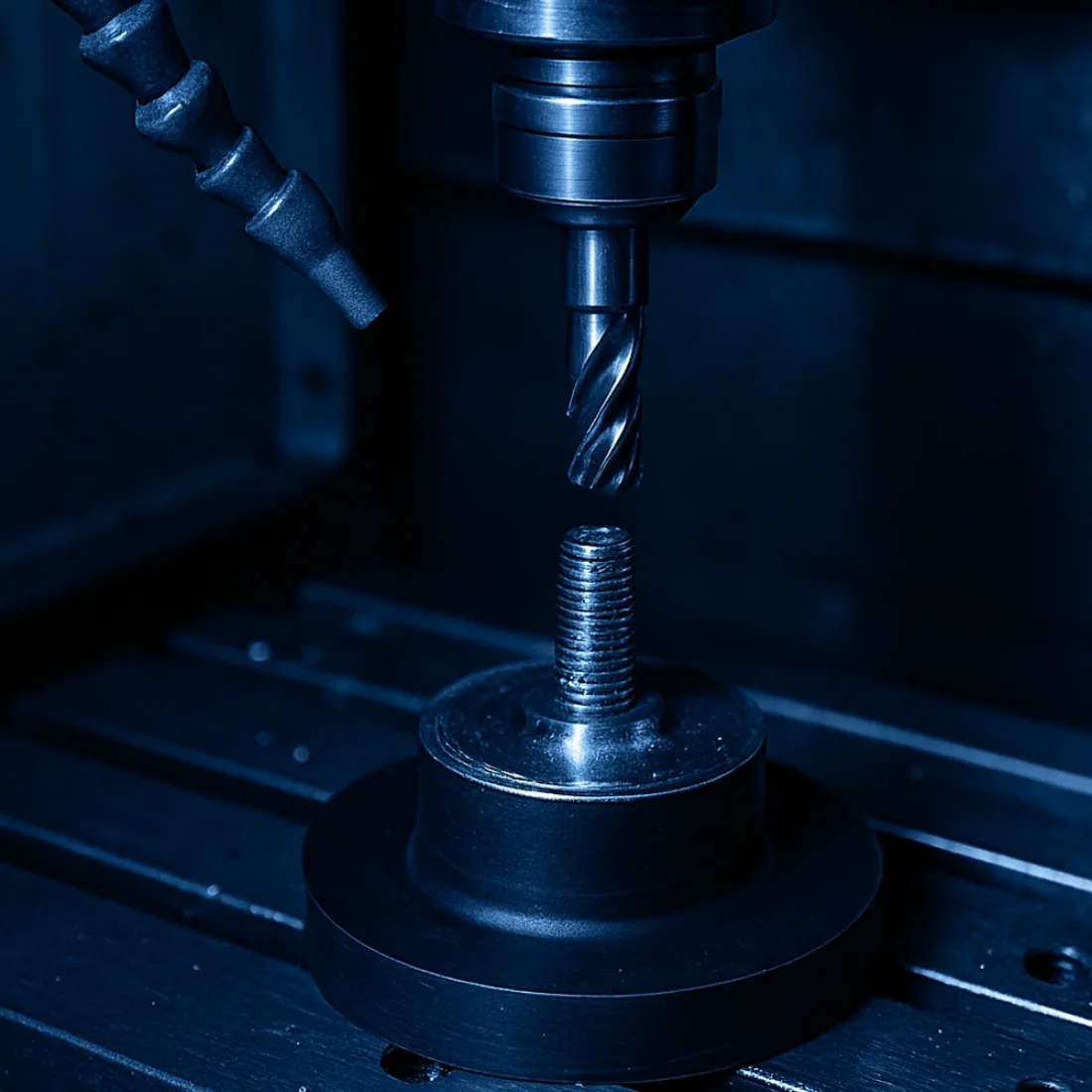The Role of CNC Machining in Producing Rubber-Metal Parts
CNC metal machining is critical in the development of quality rubber-metal components used across various industries. CNC technology allows the fusion of metal strength and rubber elasticity into a single component, offering high load capacity, vibration resistance, and long service life. This article explains how the process works and the technical elements contributing to the final product’s performance.
Advantages of CNC Metal Machining
Precision and Repeatability
CNC (Computer Numerical Control) allows for high-precision metal component manufacturing, essential for rubber-metal assemblies. Post-CNC machining, the metal parts are coated in adhesive and vulcanized with rubber compound for full integration.
Material Integration
Combining metal and rubber creates parts that harness metal's rigidity and rubber’s damping. Metal inserts provide structure and mounting support, while rubber layers absorb vibrations and noise. Technical elements such as nuts, bolts, or spacers are CNC machined into the metal for accurate alignment and durability.

Manufacturing Process for Rubber-Metal Parts
Design and Modeling
- 3D CAD Modeling: Engineers design parts in CAD software with dimensions, technical element placement, and vulcanization zones.
- Machining Simulation: Simulations verify path accuracy, tooling, and detect collisions before machining.
CNC Machining of Metal Parts
- Raw Material Cutting: CNC machines shape raw steel or aluminum into basic forms.
- Drilling and Milling: Machines create precise holes and threads for assembly.
- Finishing and Surface Prep: Surfaces are smoothed and prepared for adhesive and rubber bonding.
Applying the Rubber Component
- Compound Preparation: The rubber mix is prepared and rolled to desired thickness.
- Adhesion: Rubber compound is injected or laid onto treated metal surfaces.
- Vulcanization: Pressure and heat create a strong rubber-metal bond inside a mold.
Roles of Metal Components and Technical Elements
Metal Parts
- Provide stable surfaces for rubber bonding.
- Distribute stress to prevent local rubber deformation.
- Enable easy mounting via integrated threads or grooves.
Technical Elements
Items like nuts, bolts, spacers, machined directly into metal via CNC:
- Simplify installation within machinery.
- Prevent component movement during use.
- Ensure optimal stress distribution for product durability.
Conclusion
Rubber-metal parts combine the strengths of both materials—metal for structure, rubber for damping. Integrated technical elements enhance functionality and ease of use. At Tech-gum, state-of-the-art CNC machines ensure every part meets strict accuracy standards for even the toughest industrial environments.

